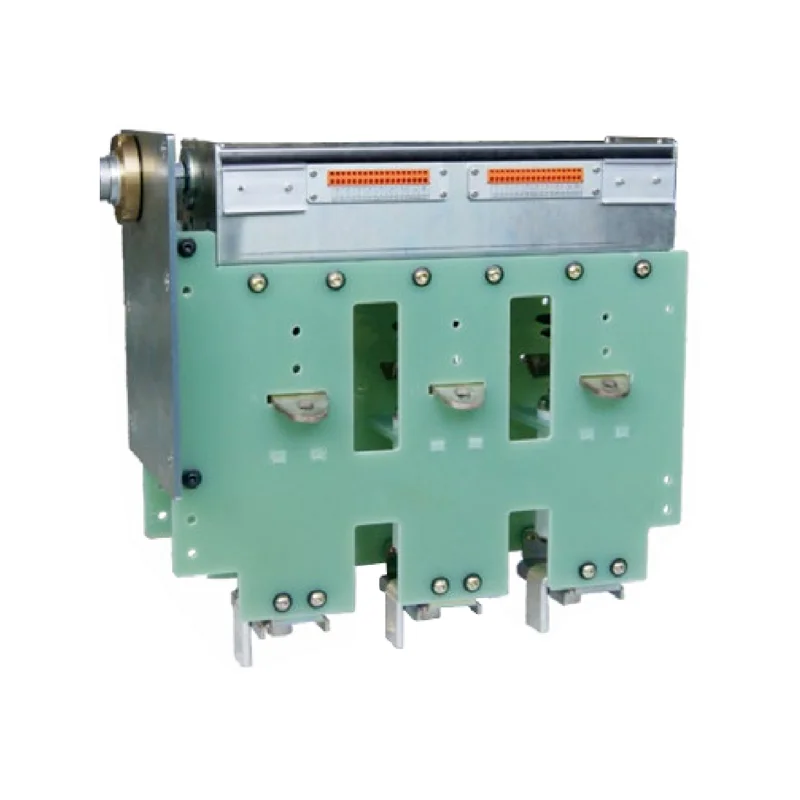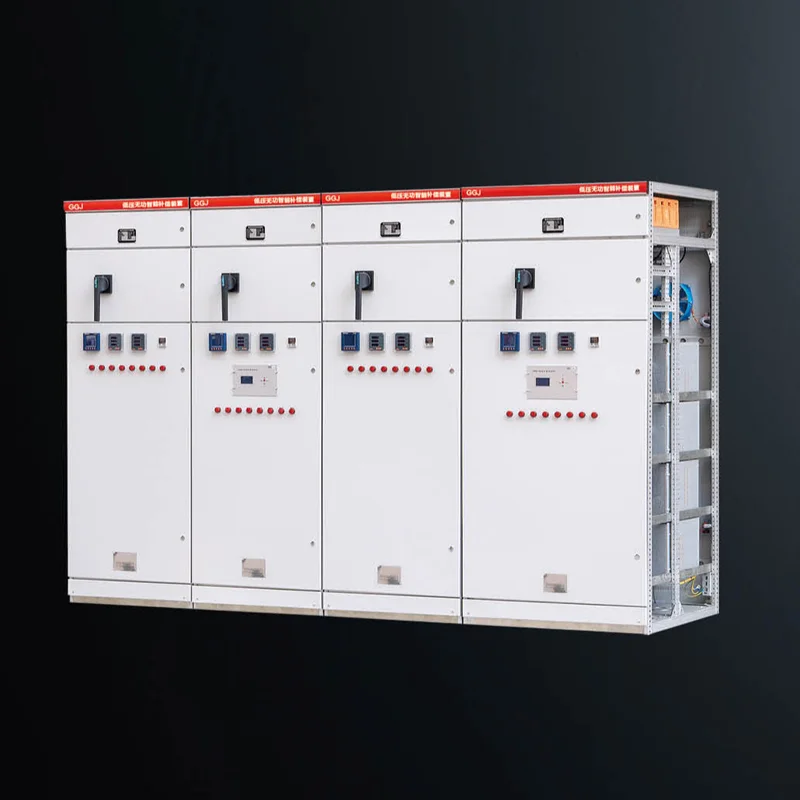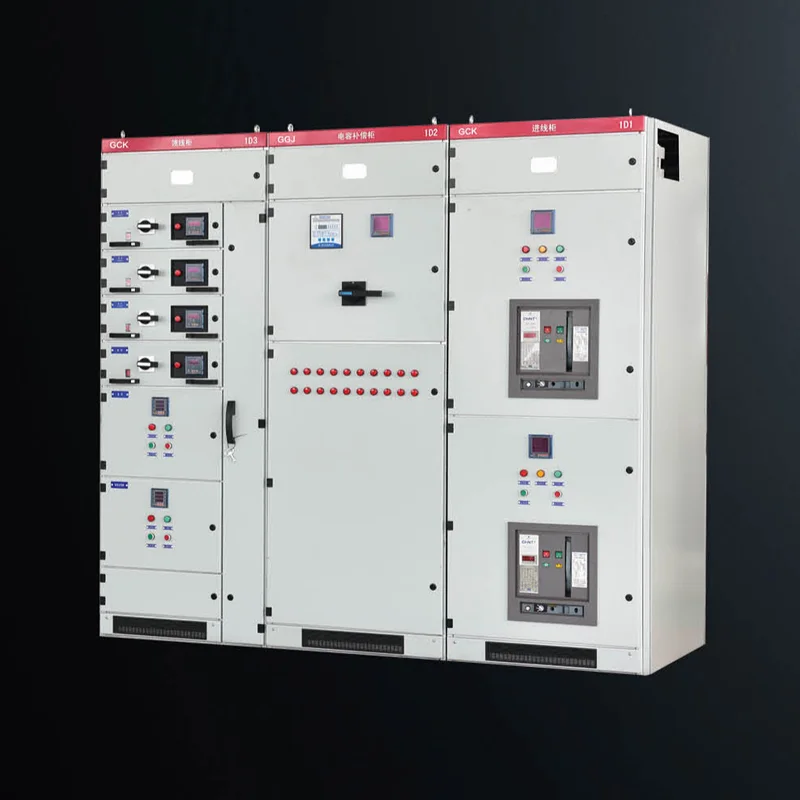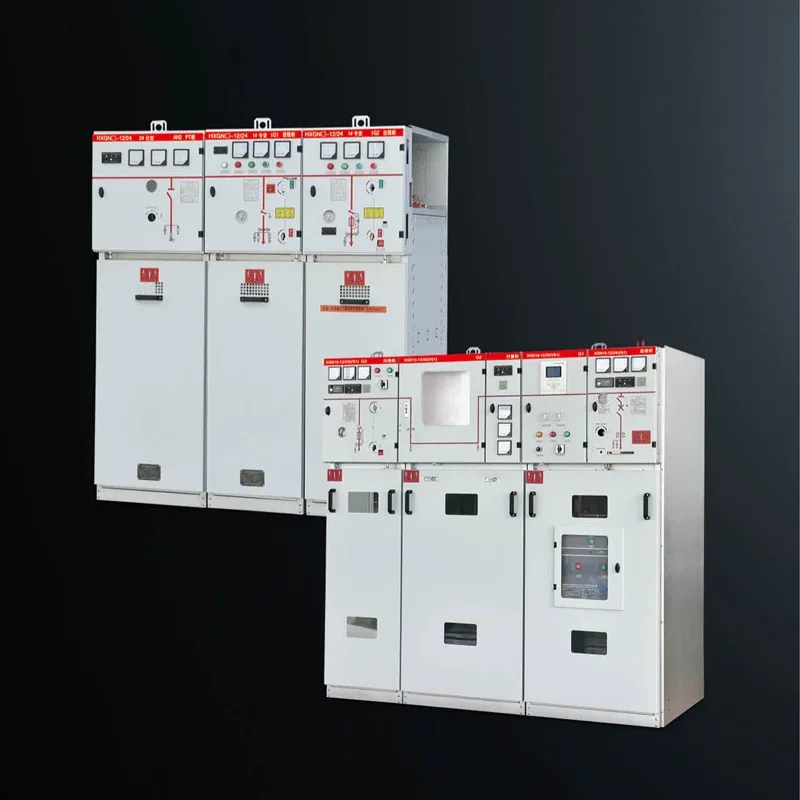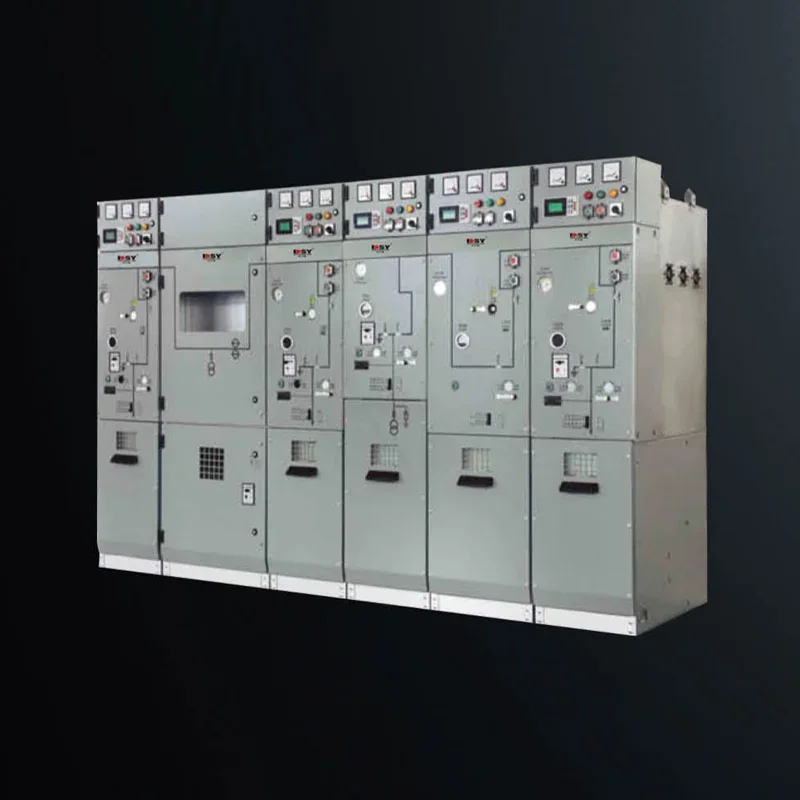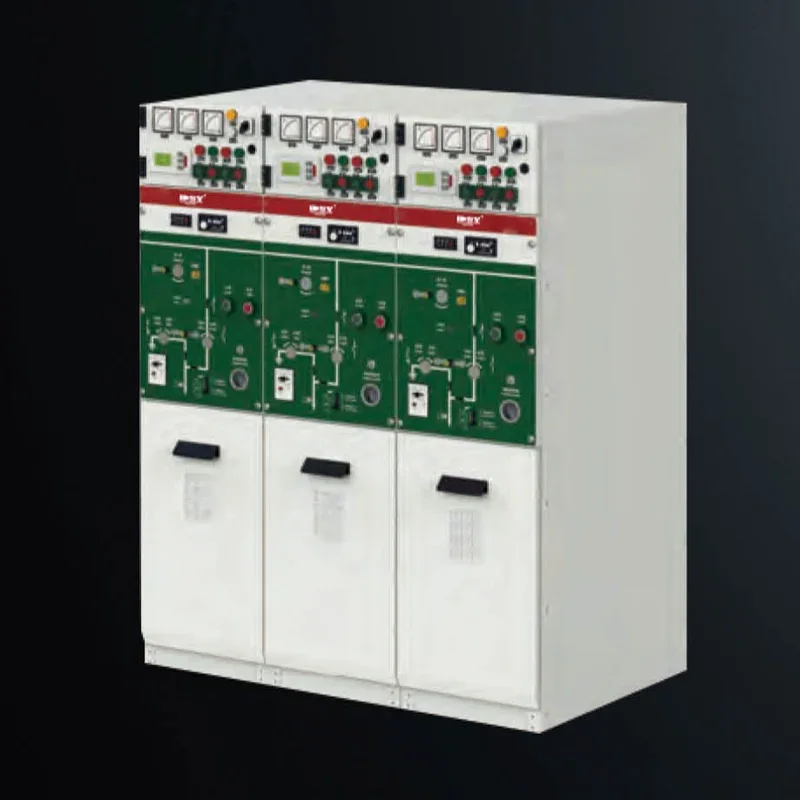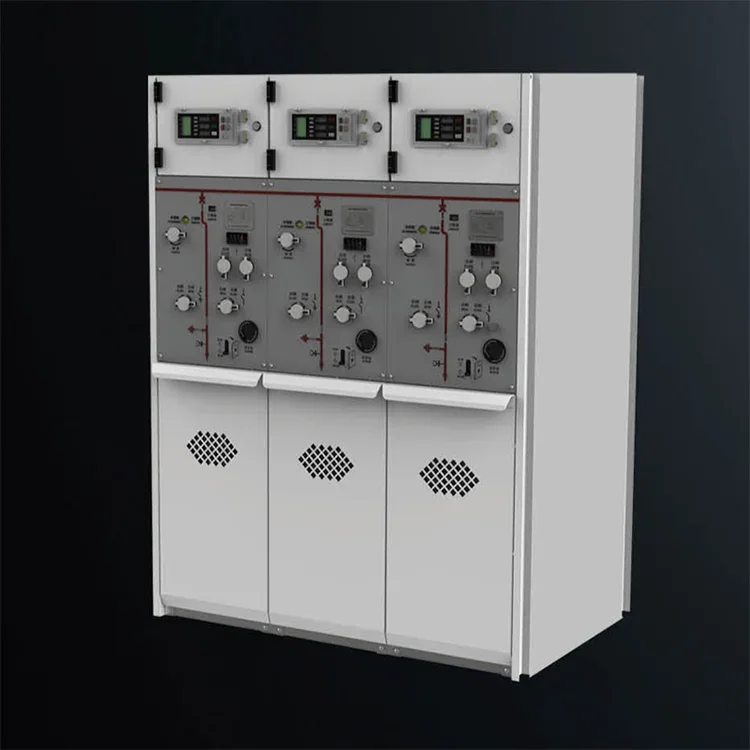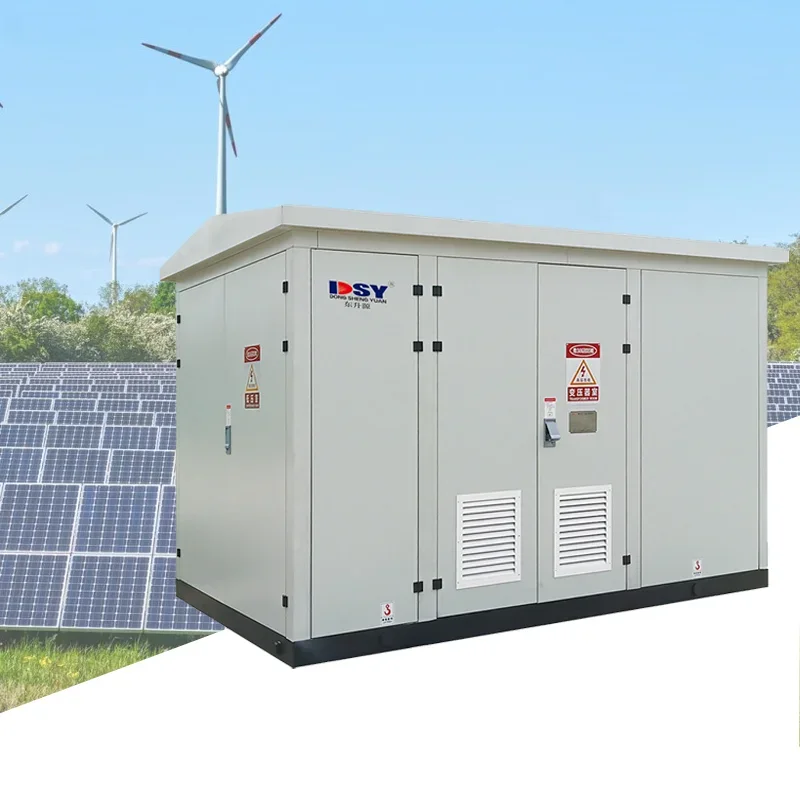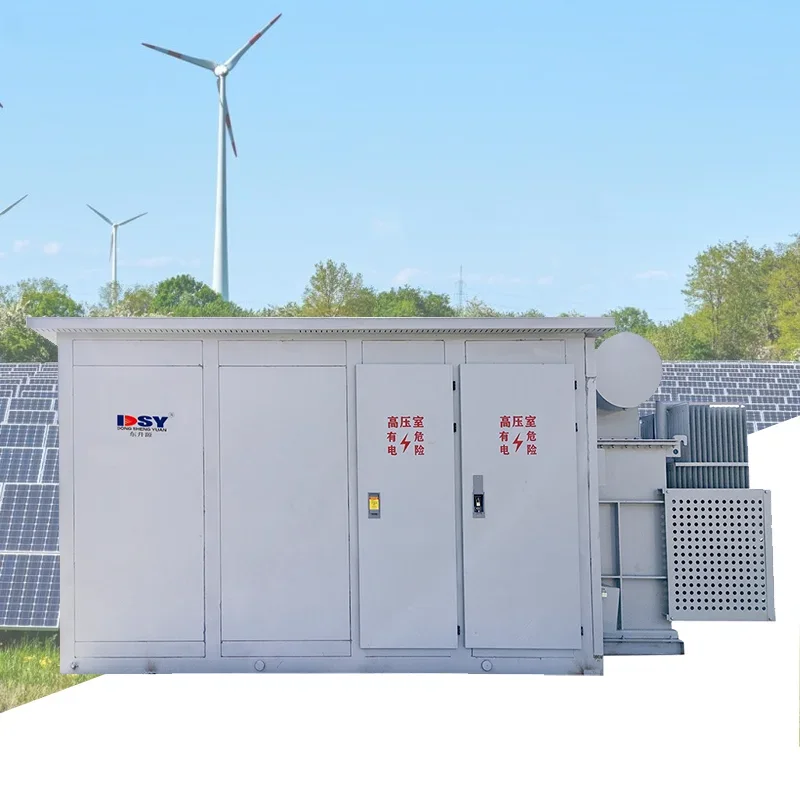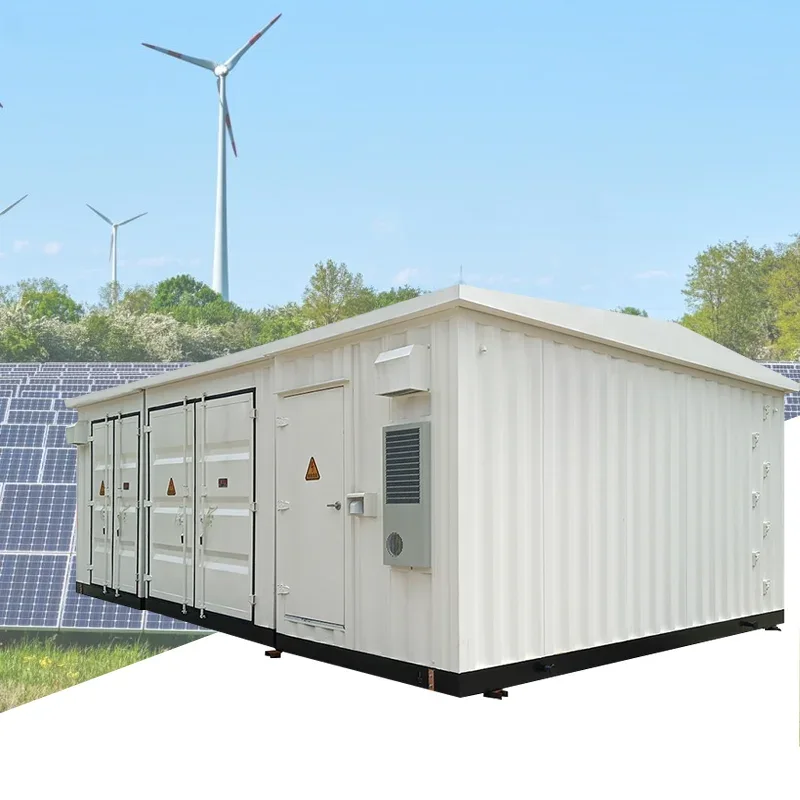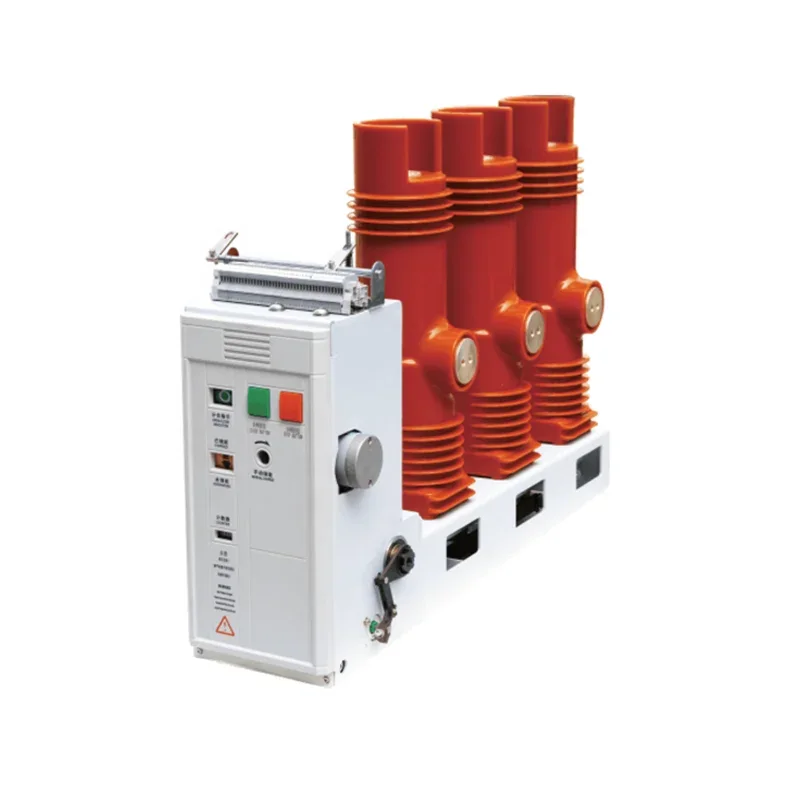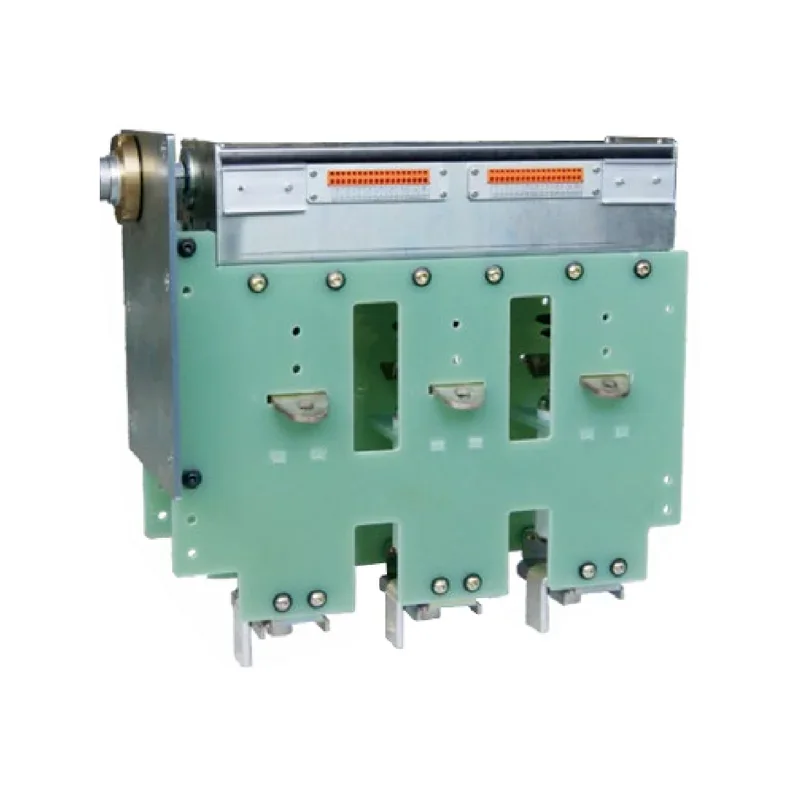Understanding Electrical Switchgear: The Backbone of Low Voltage Electrical Systems
Electrical switchgear plays a critical role in the management and distribution of electrical energy in low voltage systems. It serves as a vital component that helps control, protect, and isolate electrical equipment, ensuring safe and reliable operation across various applications. Understanding the significance of electrical switchgear is essential for professionals and organizations involved in
Jun 14,2025
At its core, electrical switchgear comprises a combination of electrical disconnect switches, fuses, circuit breakers, and other equipment that work together to manage electrical power effectively. These devices help safeguard electrical systems by interrupting fault currents, thereby preventing potential damage to equipment and reducing the risk of fire hazards. For example, circuit breakers are designed to automatically cut off the electrical supply during overload or short-circuit conditions, helping to protect both the infrastructure and the personnel working in the vicinity.
One of the primary functions of electrical switchgear is to provide a means of controlling the flow of electricity. This is particularly important in industrial settings where machinery requires specific voltage and current levels to operate efficiently. By utilizing electrical switchgear, operators can easily regulate power distribution, ensuring that all equipment receives the appropriate amount of energy. This not only enhances operational efficiency but also extends the lifespan of machinery by preventing electrical issues.
Moreover, electrical switchgear is crucial for system reliability. In the event of a fault or failure, the switchgear facilitates quick isolation of affected sections, allowing the rest of the system to function normally. This feature is particularly beneficial in commercial and industrial environments where downtime can lead to significant financial losses. By minimizing interruptions and maintaining continuous power flow, switchgear contributes to overall productivity.
In addition to these practical applications, modern electrical switchgear also incorporates smart technology. Innovations such as remote monitoring and control capabilities allow for real-time performance assessments and diagnostics. This enhances the ability to manage electrical systems proactively, addressing potential issues before they escalate into major problems.
In conclusion, electrical switchgear is an indispensable component in low voltage electrical systems, playing a vital role in ensuring safe, reliable, and efficient power distribution. Its ability to control electricity flow, protect against faults, and enhance system reliability makes it essential in various applications, from industrial plants to commercial buildings. Understanding the importance and functionality of electrical switchgear is paramount for anyone involved in the electrical field, paving the way for improved safety and operational efficiency.
Related News
The difference between circuit breakers and vacuum circuit breakers
Circuit breaker is an abbreviation for pole type circuit breaker. Circuit breakers are also vacuum circuit breakers
Voltage regulators are required for various places that require voltage control, such as controlling lighting

